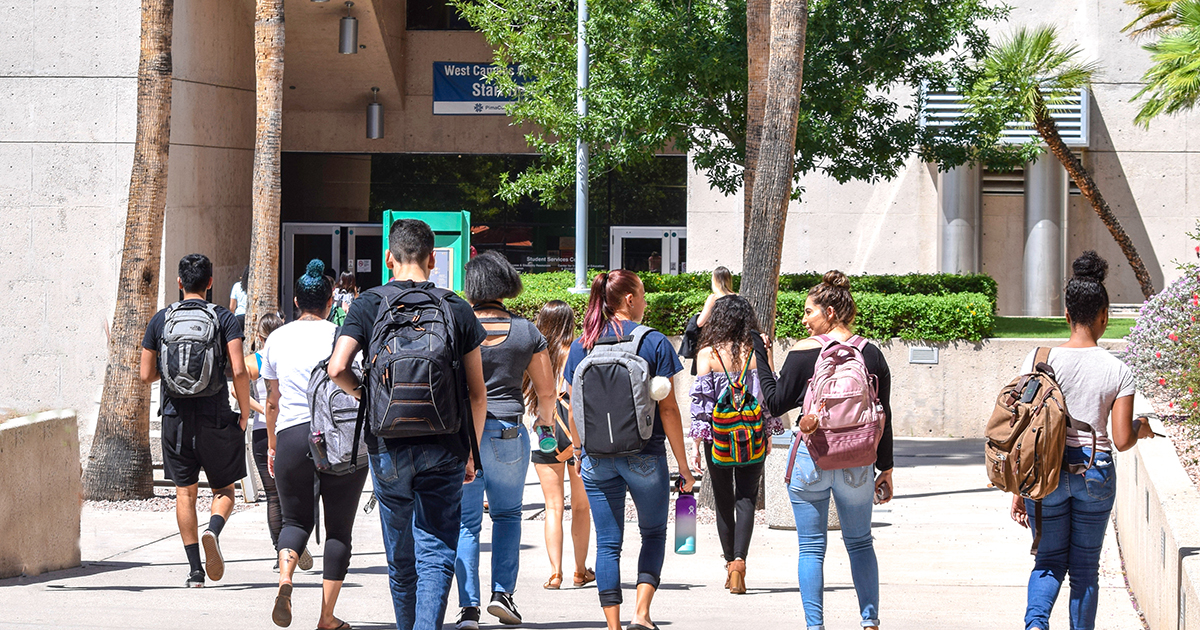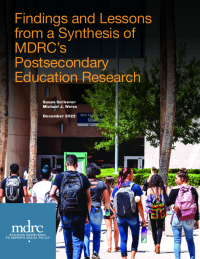Findings and Lessons from a Synthesis of MDRC’s Postsecondary Education Research

Community colleges provide postsecondary education to millions of students in the United States each year, but their graduation rates are low. Many community colleges have implemented interventions to help students persist in college and earn degrees. MDRC has studied many such interventions; several of them improved students’ academic outcomes, but the effects varied.
This report synthesizes results from MDRC’s studies. The data include findings from 30 studies of 39 interventions at 45 colleges. The interventions included different components designed to help students succeed: enhanced advising; enhanced tutoring; financial support; instructional reform; learning communities (which enroll small groups of students together in two or more courses); promoting full-time enrollment in fall and spring, summer enrollment, or both; and success courses (designed to help new students navigate college and build relevant skills). MDRC conducted a quantitative synthesis of the studies’ results to examine the relationship between various intervention features and effects on selected student outcomes. This report draws from the quantitative synthesis and also from detailed information on how the interventions were implemented. Its findings include:
- The effects of community college interventions tend to be larger for interventions that are more comprehensive (those that have more components) and those that promote full-time or summer enrollment. Less consistent, but still promising evidence suggests that the effects of interventions tend to be larger for interventions that increase students’ advising use, increase students’ tutoring use, and provide increased financial support to students. This report describes these program features and shares additional findings that include:
- Eight of the nine interventions with the largest estimated effects on credits earned through one year promoted full-time or summer enrollment.
- The positive evidence about advising mostly reflects a few interventions that generated very large increases in advising use and included several other components. Few interventions in the synthesis generated a moderate increase in advising use; the effect of this middle range is an area ripe for research.
- The most effective interventions offered middle-range financial support. A few interventions that offered financial support at the high end of the range examined were no more effective than some interventions offering far less. Most of the interventions that provided financial support offered it alongside other components.
- Interventions that last longer (more semesters) tend to have larger effects on students’ outcomes than shorter interventions. Most of the effects of interventions occur while they are provided to students, which limits the potential of shorter interventions.
The research also points to some areas for further exploration. Those areas include how to support part-time community college students effectively, the implementation and effects of programs targeting students in rural areas and in small colleges, and the potential role of community college interventions in reducing racial inequality in students’ academic outcomes.






